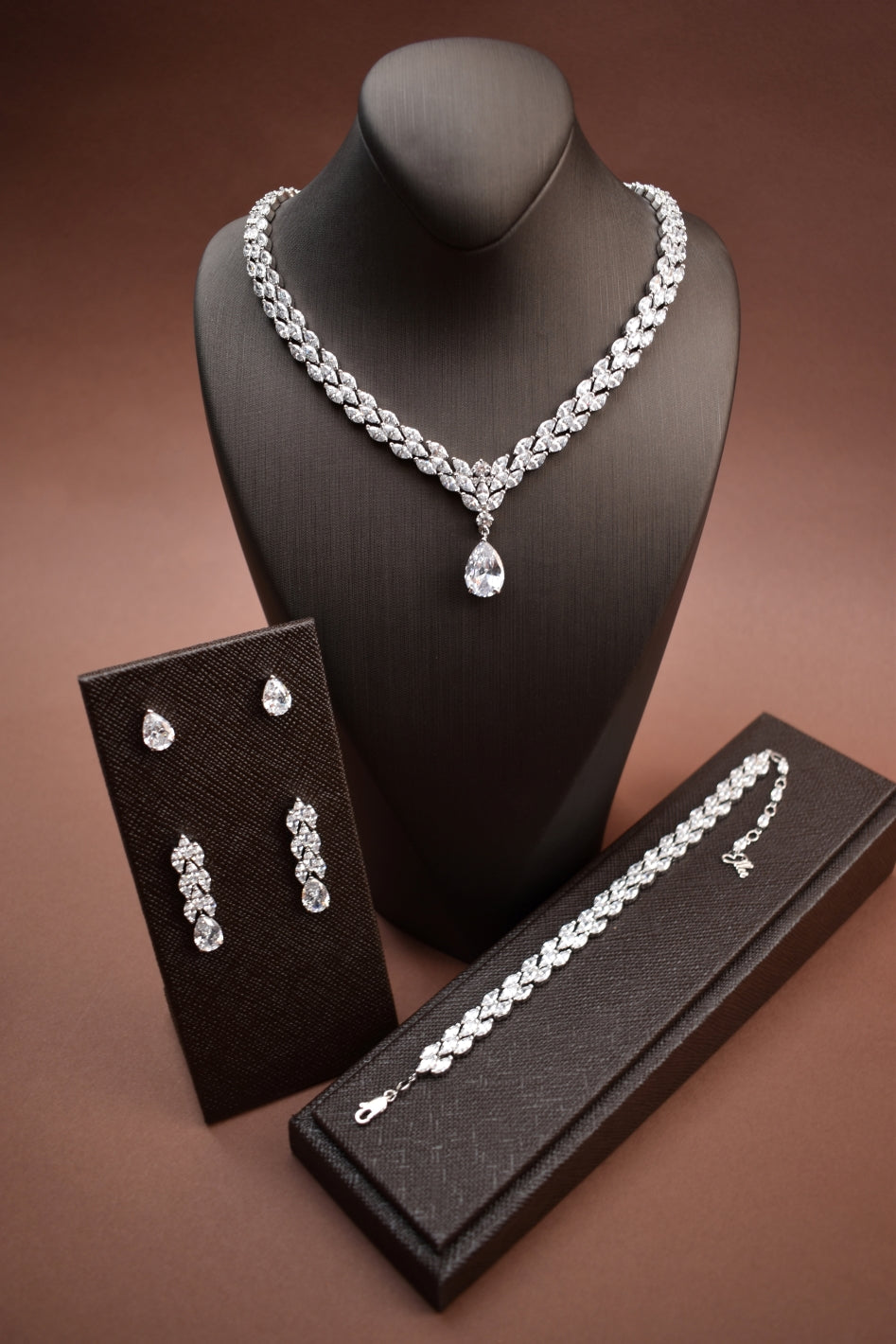
Jewelery companies in Mali
Mali, a West African nation rich in cultural heritage and natural resources, has a burgeoning jewelry industry deeply tied to its historical connection with gold. The country is one of Africa’s top gold producers, and this precious metal has historically been integral to Malian craftsmanship and commerce. Jewelry companies in Mali focus on creating items that blend traditional techniques with modern designs, catering to both local and international markets.
Overview of the Malian Jewelry Industry
The jewelry sector in Mali thrives primarily on the country’s vast gold reserves, which account for a significant portion of its economy. Artisanal and small-scale mining activities dominate gold production, providing raw materials for local jewelry makers. Mali’s jewelry is renowned for its intricate designs, often reflecting the artistic heritage of the Mandé, Bambara, and Tuareg cultures.
Key Players and Companies
Several jewelry companies and artisans operate in Mali, contributing to the local economy and preserving traditional craftsmanship. Some prominent players include:
1. Karat Jewelers Mali
Based in Bamako, this company specializes in gold and gemstone jewelry, blending traditional Malian motifs with contemporary styles. They cater to both high-end clients and tourists seeking authentic Malian pieces.
2. Touareg Silverworks
Known for their unique silver jewelry, Touareg artisans create intricate designs inspired by their nomadic heritage. Bracelets, pendants, and rings featuring geometric patterns are their signature pieces.
3. Bamako Jewelers Cooperative
A collective of skilled artisans in the capital, this cooperative promotes fair trade practices and focuses on empowering local jewelers. Their products include gold and silver items with traditional West African designs.
4. Malian Goldsmiths Association
This organization represents numerous independent jewelers across Mali, promoting local talent and advocating for the use of ethically sourced gold. They often participate in international exhibitions to showcase their work.
Traditional Techniques and Materials
Malian jewelry is characterized by its use of high-purity gold, often hand-worked into elaborate shapes. Techniques like filigree, engraving, and repoussé are commonly employed. In addition to gold, silver, beads, and semi-precious stones are frequently used to craft intricate necklaces, earrings, and bracelets.
Challenges Facing the Industry
Despite its potential, Mali’s jewelry industry faces several challenges:
Artisanal Mining Issues: Many jewelers depend on artisanal gold mining, which is often informal and lacks regulation. This leads to concerns about sustainability and labor conditions.
Global Competition: Competing with mass-produced jewelry from other parts of the world makes it difficult for local artisans to penetrate international markets.
Lack of Modern Technology: Many jewelers rely on traditional tools and methods, limiting their ability to produce at scale.
Government and International Support
To support the industry, the Malian government has partnered with international organizations to regulate artisanal mining, improve gold certification processes, and promote sustainable practices. Initiatives like the African Growth and Opportunity Act (AGOA) have opened new markets for Malian jewelers in the United States.
Conclusion
The jewelry companies in Mali represent a blend of rich tradition and untapped potential. With strategic support, modernization, and ethical practices, the Malian jewelry industry can thrive on a global scale, showcasing its unique craftsmanship and cultural heritage. For buyers seeking jewelry with a story and a touch of history, Mali remains a compelling destination.



Leave a Reply